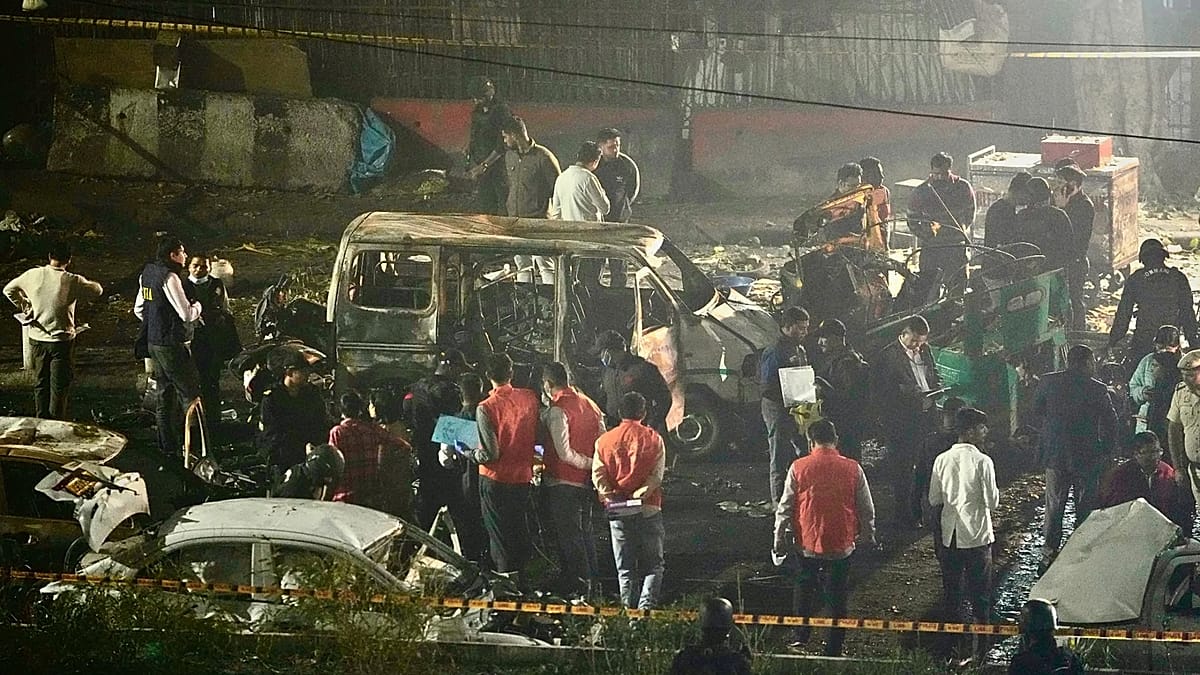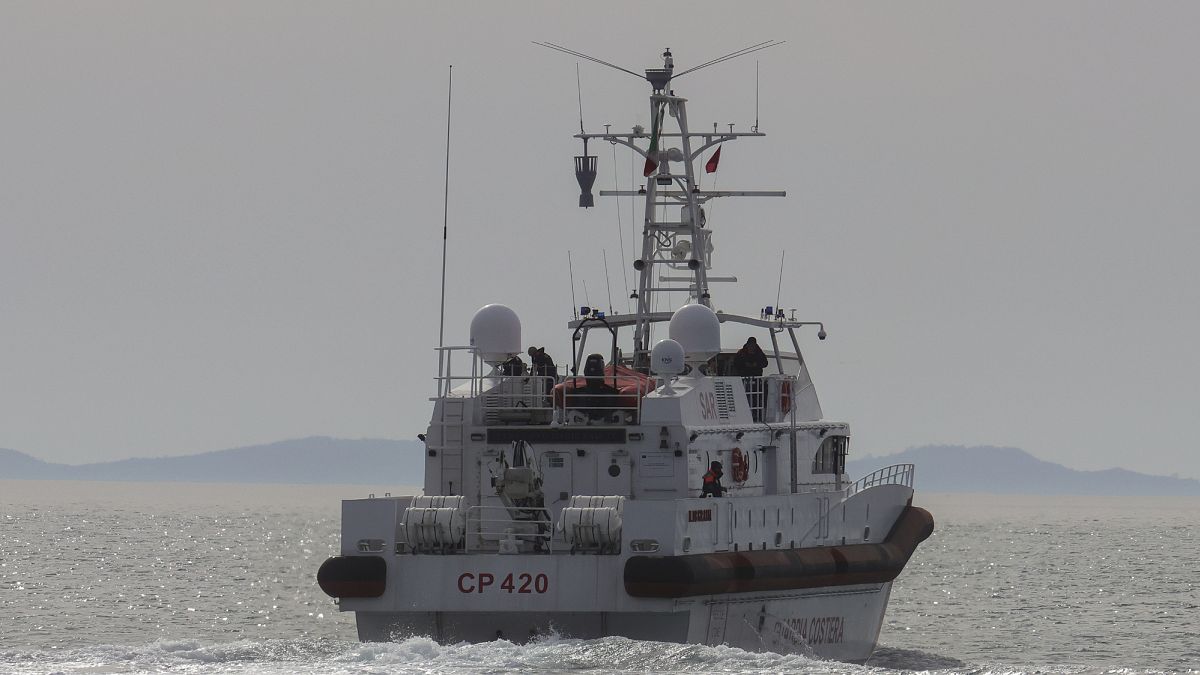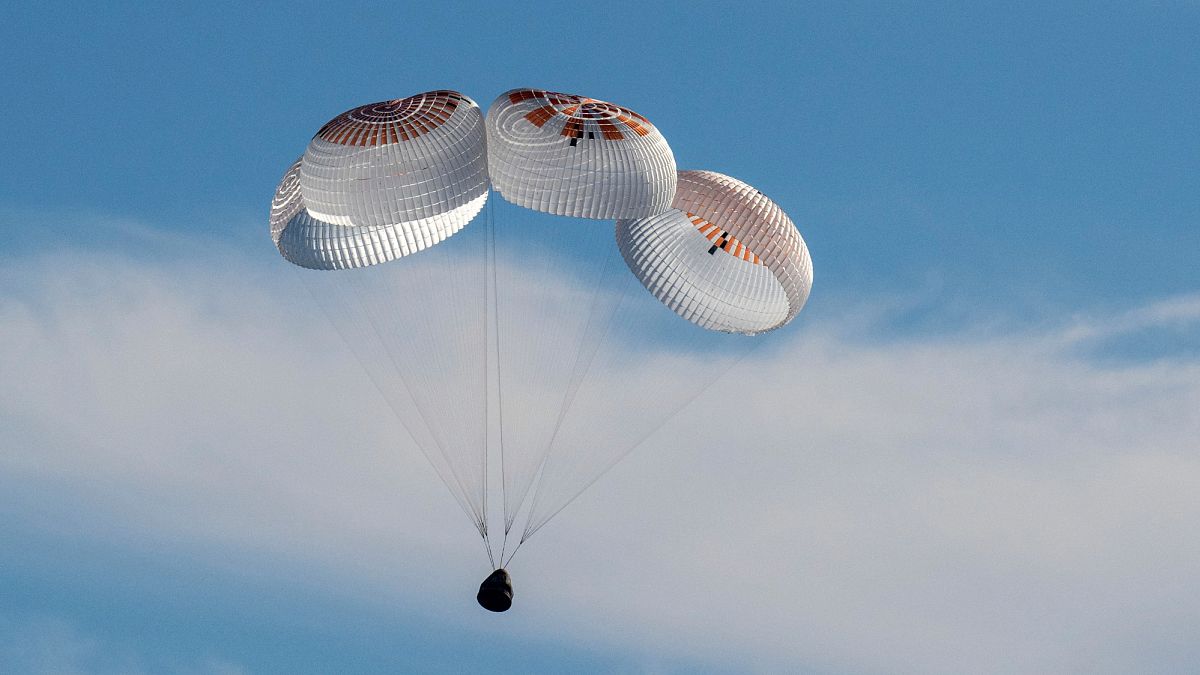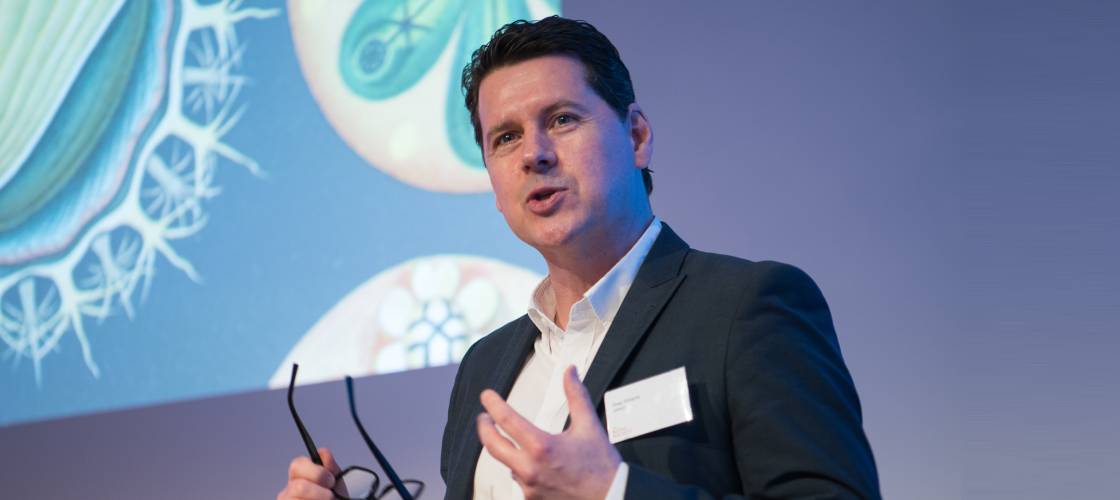2040 emissions target: Where the EU’s climate policy is headed

It’s summer in Europe: The continent has been hit by a heatwave, driving up temperature far above anything comfortable for most people, animals or vegetation. There are also droughts and wildfires in some areas, while others battle flooding.
Right in the middle of these scorching hot days, the European Commission went public with long-awaited tweaks to its emissions targets last week.
It proposed a 90-percent-reduction on greenhouse gas emissions by 2040, compared with 1990 levels. Commission President Ursula von der Leyen said the bloc had set a “predictable direction to travel” and that it stood by its commitment to decarbonise Europe’s economy by 2050.
Most controversial for environmentalists is a provision that from 2036 up to 3 percent of these reductions can come from buying carbon credits abroad. Currently only domestic greenhouse gas reductions count towards the targets. The Commission argued its new approach was more “pragmatic and flexible”.
“We are not choosing between the economy and the green agenda, we are choosing both. Europe reaffirms its commitment to a fair, ambitious, and competitive green transition,” Commission Vice-President Teresa Ribera defended the amendment.
“Agreeing on the 90-percent-climate-target provides us with a clear lighthouse to guide our future actions.” Commission Vice-President Teresa Ribera
Green(washed) targets
Backed by scientific studies and the Commission’s own science advisers, critics say factoring in international credits – for things like tree-planting or renewable-energy projects – risks undermining the EU’s own efforts to shift away from fossil fuels.
“While this is a step in the right direction, by sneaking in international offsets and leaning heavily on supposed future carbon removals, the Commission has built loopholes into the heart of the proposal,” a statement by the World Wildlife Fund for Nature’s EU policy office (WWF EU) read.
Achieving climate neutrality is far from simple, as Bulgaria’s difficulties show: Efforts to achieve climate neutrality by 2050 are making progress amid mounting evidence of the country’s vulnerability to climate change.
Its updated National Energy and Climate Plan (NECP) targets a 78.2-percent-reduction in greenhouse gas emissions by 2030 and 92 percent by 2040 compared to 1990 levels, aiming for net-zero by 2050.
Bulgaria plans to boost renewable energy use to 44 percent in heating and cooling and nearly 30 percent in transport by 2030. However, the Commission highlighted that Bulgaria’s plan lacks detail on carbon capture, nuclear fuel security, and adaptation measures. The Commission earlier this month gave a positive assessment of Bulgaria’s revised Recovery and Resilience Plan, which now includes a dedicated REPowerEU chapter aimed at achieving the goal of Europe’s independence from Russian fossil fuels before 2030 and has a strong emphasis on the green transition.
Time is money
Opponents of the targets criticised that they hamper growth. Some member states – such as France – are calling for a delay. President Emmanuel Macron wants guarantees for the decarbonisation of industry and support for nuclear energy, the largest source of power in France.
Germany’s government welcomed the Commission’s flexibility. Environment Minister Carsten Schneider emphasised that Europe remained a “driving force in international climate protection”, which could “motivate China, India, Brazil, South Africa and others” to follow suit.
Some of Germany’s powerful industry associations, however, are more ambivalent, criticising the target either as “too ambitious” or warning that buying up international carbon credits could lead to some dodgy dealing.
Slovenia conditionally supports the draft amendment. There should be a support framework – including regulatory, financial and social aspects – allowing the goal to be met in a just and efficient way, according to the country’s Ministry of the Environment, Climate and Energy.
From Rome, Italian Minister for Environment Gilberto Pichetto Fratin said he supported flexibility measures, including accounting for decarbonisation initiatives in third countries.
“Italy’s priority is to avoid that the definition of new climate goals reintroduces ideological settings, targets, and deadlines that are not sustainable for European families and businesses that must be competitive in the world. This also affects Europe’s credibility.”
Slovakia made its opposition clear: “These ideological proposals are proof that Brussels bureaucrats have lost touch with reality. They either have no idea of the economic threat facing European and, unfortunately, Slovak industry, or they couldn’t care less,” Environment Minister Tomáš Taraba said.
He pointed out that representatives of the automotive industry identified strict emissions rules, which no one outside the EU complies with and make production more expensive, high energy prices and a lack of waste incinerators being the main areas affecting competitiveness.
“It has been a politically delicate issue,” admitted Climate Commissioner Wopke Hoekstra regarding the consultations with critical member states on how to soften the target without fundamentally altering the recommended 90% reduction.
To reach the 2040 and 2050 objectives, Europe’s industry and citizens will have to undertake major transformations including increased uptake of electric cars, the gradual phasing out of fossil fuels and making buildings more energy-efficient.
EU lawmakers also need to greenlight the target, which requires the support from the biggest group in parliament, the centre-right EPP. Resistance comes both from the left and right, for opposing reasons.
In the parliamentary plenary session on Tuesday, Hoekstra stressed: “We need more clean economic growth, we need more competitiveness, because, frankly speaking, we are not doing as well as we should.” The EU’s economy needed to adapt he said and called for flexibilty and being “street smart” in making the proposal work.
“We are up for massive change.”Climate Commissioner Wopke Hoekstra
Too much, too little or too polluted?
Meanwhile, Europe is baking. If there is enough water to enjoy a cool splash, at least the water quality is good enough to do so.
More than three quarters of bathing waters monitored in the EU, Albania and Switzerland were of “excellent” quality in 2024, the European Environment Agency (EEA) said in its annual update on the beaches, rivers and lakes that are tested for faecal contamination.
All but 4 percent met the EU’s minimum standard (“sufficient”) and just 1.5 percent were of “poor” quality. Overall, Europe’s bathing waters were of the same standard in 2024 as in the year before.
The EEA monitors more than 22,000 bathing areas for bacteria such as Escherichia coli (E. coli) and intestinal enterococci, caused essentially by pollutant run-off from livestock farms and household sewage pipes.
“Europeans can confidently bathe in the vast majority of the EU’s bathing sites that meet the EU’s bathing quality standards,” European Environment Commissioner Jessika Roswall said. Cyprus came out on top, while Albania was at the bottom of the ranking.
But lakes and rivers are under strain.

The current levels of Germany’s rivers were normally more likely to be seen at the end of the summer, Matthias Roeser from the Federal Association of German Inland Navigation said.
Bulgaria’s water supply is under stress due to drought, falling groundwater, and aging infrastructure. Experts warned that water losses across the distribution network, which is severely outdated, and a decline in groundwater levels are major challenges for Bulgaria’s water supply system.
Italy’s climate has changed drastically in recent years due to global warming, leading to extreme weather events such as the flash flood which hit the Alpine town of Bardonecchia in late June. Antonello Pasini, a climate physicist at the National Research Council’s Institute for Atmospheric Pollution explained that the combination of less favourable weather patterns altered by the climate crisis and geographical factors work together. “Our alpine valleys are very narrow, with rivers that are mostly dry for most of the year, which suddenly fill up due to events like this.”
With all the debates on climate targets and delays, it should not be forgotten that extreme weather events also have direct effects on the economy.
In Serbia, the country’s Republic Hydrometeorological Institute (RHMZ) stated that severe and extreme drought persisted. The water levels in the entire course of the Danube and the Sava rivers were below the low navigable water level for some days.
“Precipitation deficit during June and high temperatures led to a significant decrease in soil moisture, which is already endangering crops such as corn, soybeans, sugar beet and other crops without irrigation,” the RHMZ said. Continued warm weather was expected to further decrease moisture. “As field crops enter a critical phase of development, the drought could significantly reduce yield.”
This article is published twice a week. The content is based on news by agencies participating in the enr.














































